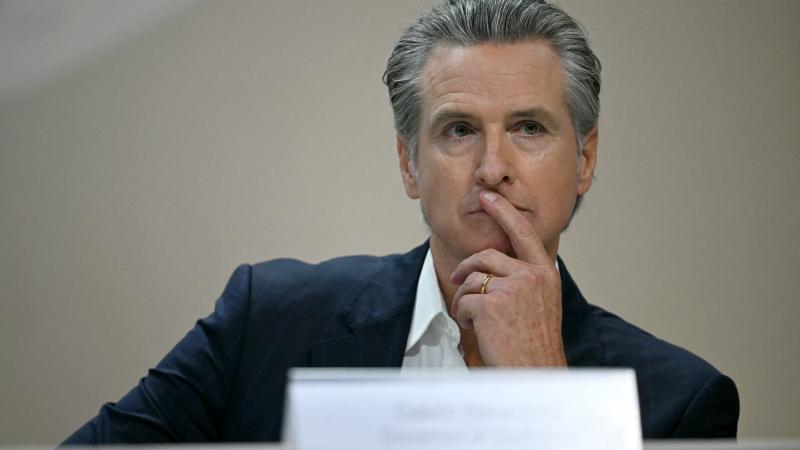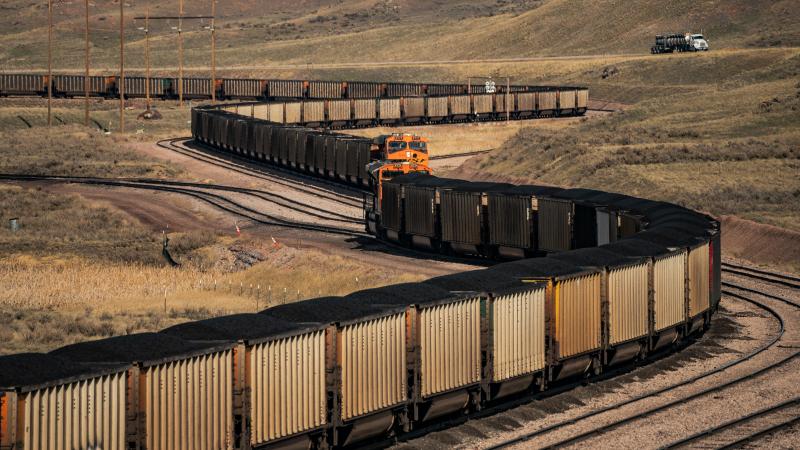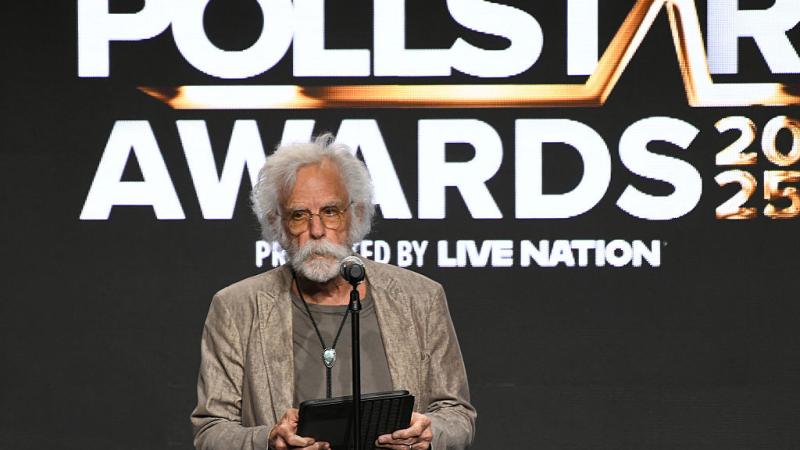California wants the EPA to allow the state to mandate electric trains that don’t actually exist
California Dreaming? California "seems to believe that simply mandating that such locomotives should exist and should be economical for railroads will magically cause such locomotives to appear,” two rail industry associations said in comments to the EPA.
California was a leader in mandating electric vehicle sales, and then it moved to electrify trucking. Now, if the Environmental Protection Agency grants the state a requested waiver needed to implement the rule, California will mandate that train locomotives be fully electric starting in 2030.
Should the EPA give the rule its blessing, rail companies will have a hard time coming into compliance since locomotives that can meet the mandates don’t actually exist.
Prototype
In November, the California Air Resources Board (CARB) passed regulations that would require all freight trains to be in a zero-emission configuration by 2035. By 2030, the rule mandates that diesel locomotives that are 23 years or older be retired, even though a locomotive can have a useful life of 39 years or longer. New passenger locomotives by 2030 will need to operate at zero emissions, and long-haul freight trains using new engines will need to be zero emission by 2035.
Wabtec makes a battery-electric locomotive that uses regenerative braking, which returns some charge to the battery while the train is slowing down. The locomotive runs on 18,000 lithium-ion battery cells, producing 8.5 megawatt hours of electricity. For comparison, a Tesla Model Y with the smallest battery configuration runs on a .06 megawatt hour charge.
According to a promotion video on the prototype, the Wabtec train has comparable hauling power of a diesel locomotive. However, the company explains that the locomotive is meant to be part of a hybrid system, meaning it runs in tandem with diesel-powered locomotives. Over a three-month trial in California, the system reduced the average fuel consumption of the train by 11%.
The model would therefore not meet California’s 2035 mandates.
Limited technology
In November, the EPA finalized a rule that allows California to apply for a federal waiver to regulate emissions on older locomotives. In February, the agency started the comment period for CARB’s waiver request, which closed in April.
In their comments to the EPA, the American Short Line and Regional Railroad Association asked that CARB’s request be denied, arguing that the rules are arbitrary and capricious, in part because the board ignored the “limited technology and availability of zero-emissions locomotives.”
“CARB seems to believe that simply mandating that such locomotives should exist and should be economical for railroads will magically cause such locomotives to appear in numbers sufficient to meet short line needs at prices that short lines could afford,” the associations said.
They also stated that the figures and estimations that CARB used to determine limits of fuel usage and emissions are “pulled out of nowhere with no technical foundation.”
The associations estimate, to comply with the regulations, locomotives would need batteries with a capacity of 80 megawatt hours to 100 megawatt hours — the amount of juice in nearly 1,500 fully charged Teslas.
The infrastructure to supply all that power would also need to be built. If the difficulties in building out charging infrastructure for cars are any indication, this would end up being a big problem.
The Washington Free Beacon reported that a coalition of 74 House lawmakers, led by Rep. Jay Obernolte, R-Calif., explained in a letter to the EPA that the rule will require rail companies to open “spending accounts,” and they’ll have to deposit funds based on the total emissions each locomotive releases in California the prior year.
The funds would be used to purchase the zero-emissions locomotives or supporting zero-emissions infrastructure. Citing figures from the Association of American Railroads, the lawmakers said that BNSF and Union Pacific would be required to deposit up to $800 million annually. According to the letter, BNSF expects to spend $3.9 billion on capital investments in 2024, and Union Pacific expects to spend $3.4 billion. These costs, the lawmakers warn, would be passed onto consumers.
Train delays
Stan Blake, who worked for Union Pacific Railroad for more than 30 years, told Just the News that companies use low-emissions locomotives as switch engines, which are used to move cars around in yards and for light freight duties.
Diesel locomotives, he said, don’t power the train directly. They run generators that produce electricity that powers the traction motors. Those can be used to pull cars or slow them down.
“It’s just an electric power plant. All it does is produce electricity. When electricity makes electricity, how do you keep recharging that battery?” Blake said.
An electric semi truck costs nearly twice as much as a diesel-powered truck, so it’s likely that the investment to convert the nation’s locomotives to electric would be sizable, assuming the technology somehow comes into existence in time to meet California’s demands.
Assuming trains that can comply with California mandates actually come into existence, rail companies might use them just in California. However, switching over fleets of diesel-powered locomotives at the border of California would significantly slow down rail traffic.
Charles Randolph, who retired in 2013 after 37 years working for Burlington Northern Railroad as a dispatcher, told Just the News that it can take a few hours to change over a locomotive. It’s not as easy as pulling a locomotive — industry jargon calls them units — off and putting another unit on, he said. They have to test all the air hoses to make sure the brakes will work. He said when he retired, they were replacing some of those air systems with electric systems.
“Let’s put it this way, if they just had the train crew switch the unit, it would take two or three hours to walk the train, make sure the brakes were working properly and everything. If they had someone to assist them, they could probably do it in an hour, but it would be a delay,” Randolph explained.
Especially when considering the seemingly insurmountable challenges of meeting California’s electric-train demands, some are asking why California has targeted this industry for emissions reductions.
Today's trains easier on the environment than trucks
As the coalition of lawmakers explained in their letter, railroads are the most environmentally friendly mode of freight transportation over land. They account for less than 2% of greenhouse gas emissions from transportation, and that’s approximately 0.5% of the total U.S. emissions.
The trucking sector, meanwhile, accounts for 10 times the amount of greenhouse gas emissions as the rail sector, and mandating unproven rail technologies, the lawmakers warn, could inadvertently divert a lot of the nation’s shipping to trucks.
“The impacts associated with EPA authorizing CARB’s regulation would only be the first wave, given that other states would then be allowed to adopt their own regulations,” the lawmakers said.
The EPA could rule any day on California’s waiver request. Considering that many of these same problems didn’t deter the Biden administration from mandating electrification of heavy-duty trucking and the average consumer’s car, the odds are likely in favor of California’s environmentalists.
The Facts Inside Our Reporter's Notebook
Links
- mandating electric vehicle sales
- electrify trucking
- passed regulations
- can have a useful life of 39 years
- Wabtec
- runs on a 67,600 watt hour charg
- promotion video on the prototype
- system reduced the average fuel consumption
- EPA finalized a rule
- agency started the comment period
- comments to the EPA
- would end up being a big problem
- Washington Free Beacon reported
- explained in a letter
- mandating electrification of heavy-duty trucking
- average consumer's car
















